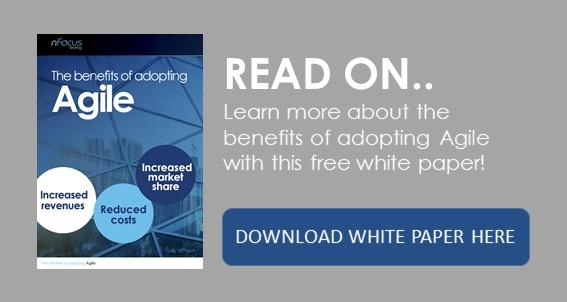Role of Language and Writing Style in Effective Requirements
One of the most common causes of software failure and the reworking of code is poor requirements. Implementation of best practice for requirements analysis, specification and validation can have a major impact on application delivery schedule, budget and overall quality.

This blog gives you an overview and guidance for producing good business requirements documents (BRD). During the testing lifecycle, BRD are reviewed by the QA team for correctness, un-ambiguity, completeness and overall consistency. In additional to the aforementioned, adopting a questioning style of who, what, why, when, where and how adds to the overall improvement of the BRD's.
There are many rules to good requirements writing, some of them are as follows; when writing BRD’s, you must consider the stakeholders, don’t make assumptions they know what you mean or understand the application under development, set the context and use clear and concise language and keep it simple. Where possible, simplify, compliment and replace lengthy wordy text with illustrations and tables.
When constructing sentences, try to be precise in what you are describing and use consistent naming conventions along with requirement identifiers, for example BRD01-01-01, ‘All Users have a text field attribute labelled Name. Name accepts input of valid keyboard character strings, not integers or special characters, which can be 255 characters in length’. This identifier can be traced throughout other documents in a traceability matrix to ensure no one requirement is missed during development.
Finally, describe changes in the system behaviour, and apply logical thinking so that the requirement is clear beyond any doubt i.e. ‘If X is true, do Y, else do Z’ and if you are struggling to describe a complex event, then use a table to detail the tasks to be performed, their triggers and the outcome/result.
nFocus can help with requirements validation both at project or programme level and for whichever delivery methodology you are using. Our Testing Methodology has been used to underpin the successful delivery of hundreds of projects across multiple business sectors. Requirement validation can be used in conjunction with existing review processes and clients own internal standards.








.png)
